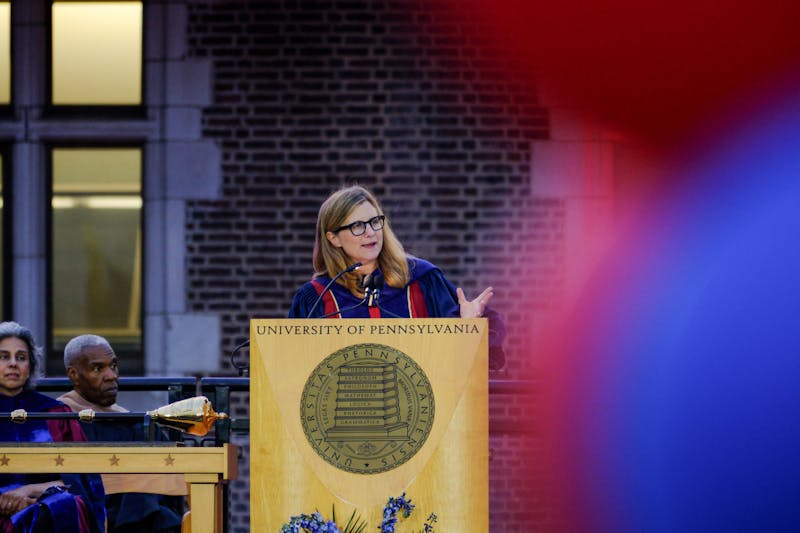
Researchers at Penn Med and Penn Vet have developed a vaccine against the H5N1 bird flu virus.
Credit: Sukhmani KaurPenn researchers have developed an experimental mRNA vaccine to protect against avian influenza virus H5N1, or bird flu, that has been highly effective in preventing severe illness and death in preclinical models.
A subtype of the H5N1 virus is currently circulating in birds and cattle throughout the United States, with the Centers for Disease Control and Prevention reporting more than 96 million poultry as of May 30 and 67 dairy herds as of June 3 affected. Though it rarely affects humans, some worry the virus could evolve and cause a human pandemic.
The experimental vaccine could help manage the existing outbreak and also prevent human infections.
Scott Hensley, a microbiology professor at the Perelman School of Medicine, and Drew Weissman, the Roberts Family Professor in Vaccine Research and Director of both the Institute for RNA Innovation and Vaccine Research in the Medical School’s Division of Infectious Diseases led the research behind the vaccine. They collaborated with the Hunter Laboratory at the School of Veterinary Medicine, the Webby Lab at St. Jude, and Steven Fan at Acuitas Therapeutics.
In preclinical models, the vaccine elicited a strong antibody response in mice and ferrets, which was maintained even a year post-vaccination. Vaccinated animals later infected with the H5N1 subtype cleared the virus faster and displayed fewer symptoms than those that were unvaccinated, who all died.
Most vaccines use a weakened or dead form of the virus to stimulate an immune system response in recipients. Vaccine development can be lengthy, which can pose problems for vaccine production during the beginning of a pandemic, which is when it is needed most.
“During previous influenza pandemics, like the 2009 H1N1 pandemic, vaccines were difficult to manufacture and did not become available until after the initial pandemic waves subsided,” Hensley told Penn Medicine News. “We can start creating a mRNA vaccine within hours of sequencing a new viral strain with pandemic potential.”
mRNA vaccines use a genetic code to instruct the body’s cells to make proteins that train the immune system. Development is faster as it relies on processes performed with synthetic enzymes, while traditional vaccines rely on animal cell biology.
“COVID-19 showed us the power of mRNA-based vaccines as tool to protect humans from emerging viruses quickly, and we are better prepared now to respond to a variety of viruses with pandemic potential, including influenza,” Weissman told Penn Medicine News.
Weissman was a recipient of the 2023 Nobel Prize in Medicine and is known for his work in mRNA vaccine development. Weissman’s and fellow Penn Med researcher Katalin Karikó’s advancements in mRNA technology were critical to the development of the Pfizer/BioNTech and Moderna vaccines against COVID-19.
The Daily Pennsylvanian is an independent, student-run newspaper. Please consider making a donation to support the coverage that shapes the University. Your generosity ensures a future of strong journalism at Penn.
Donate






